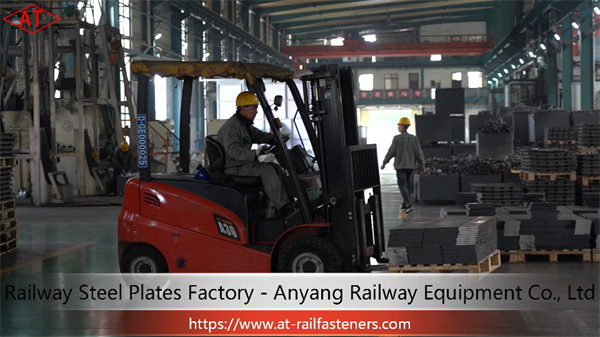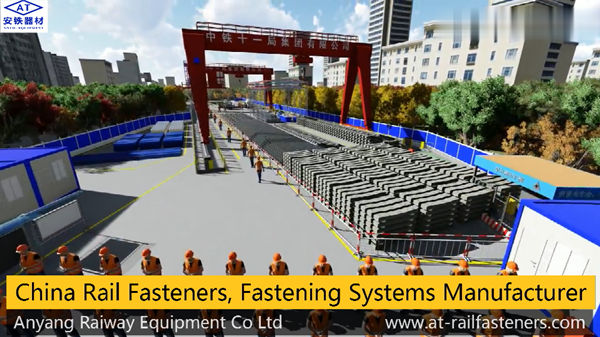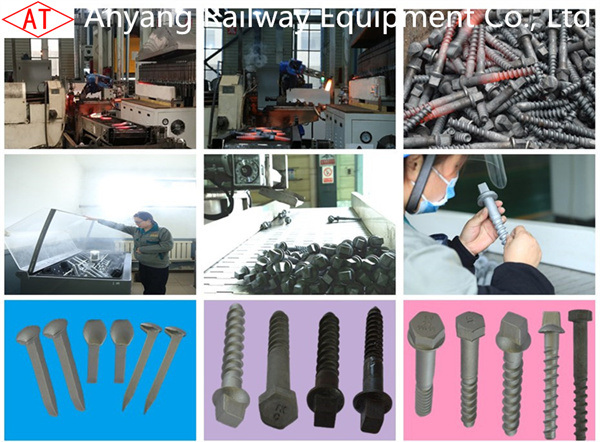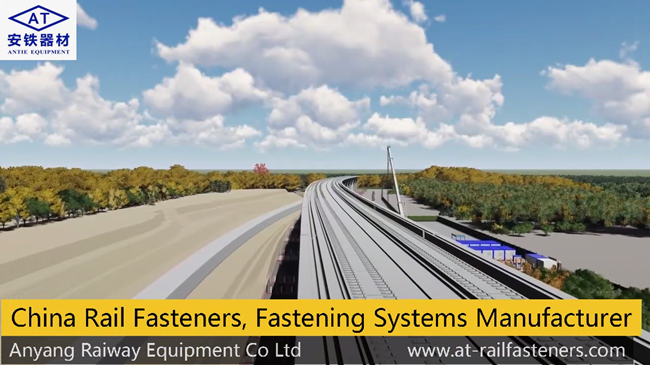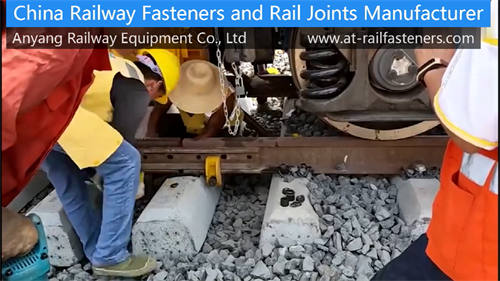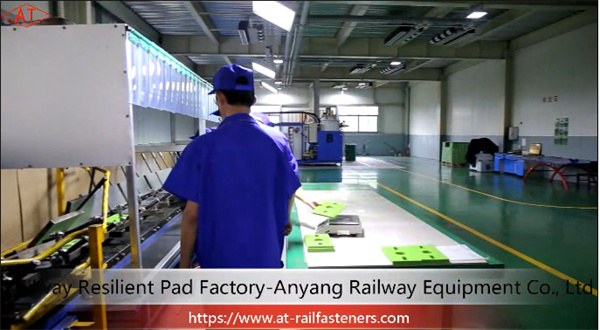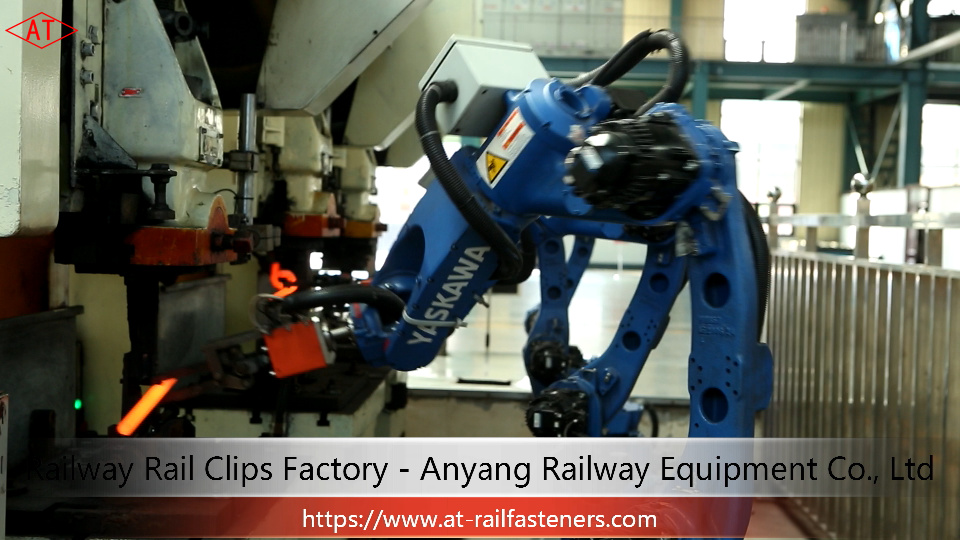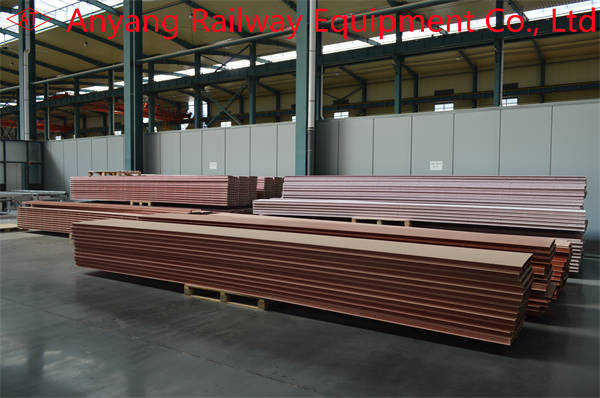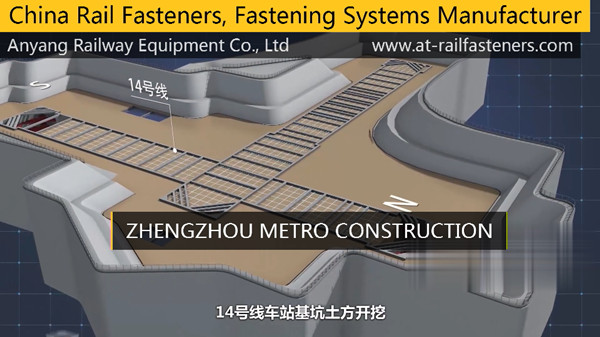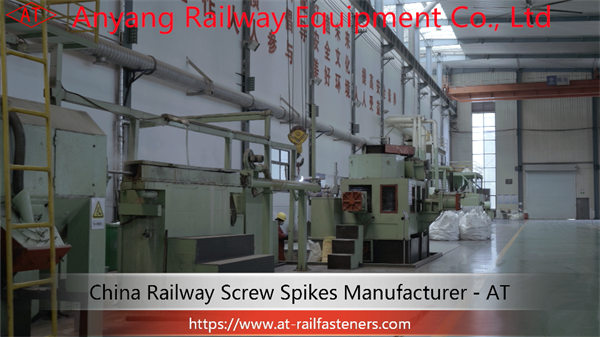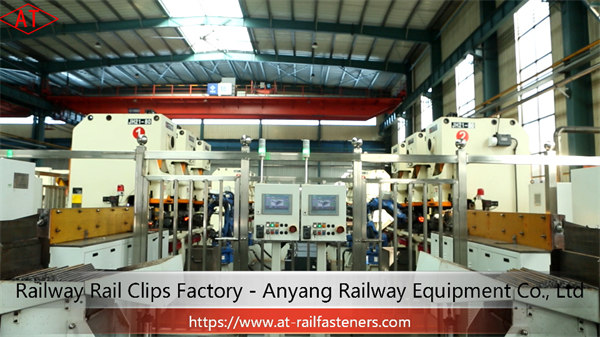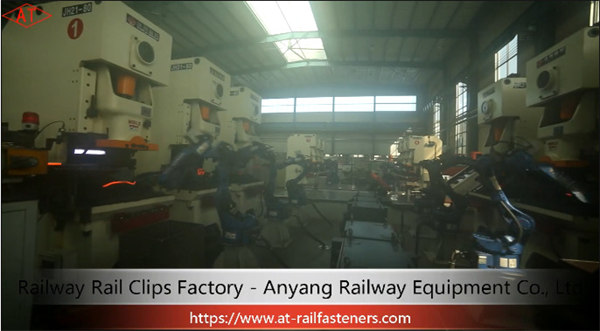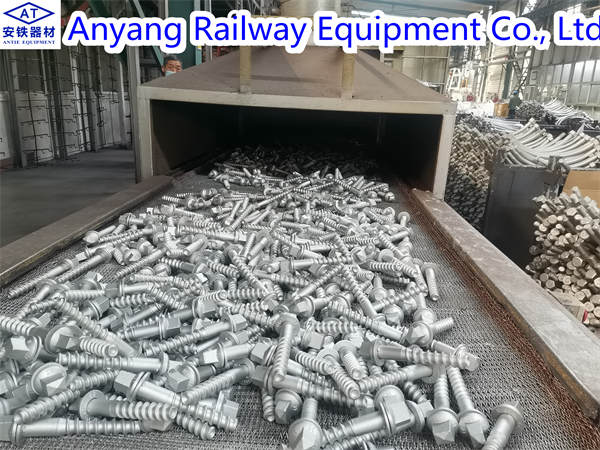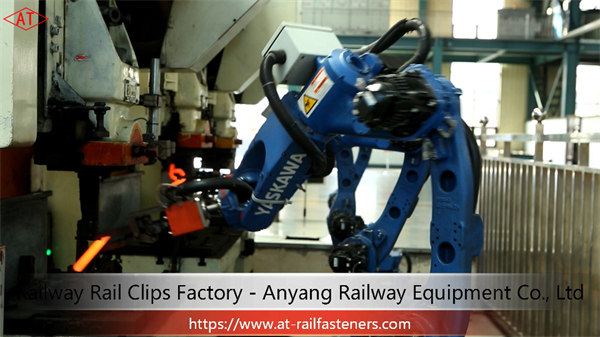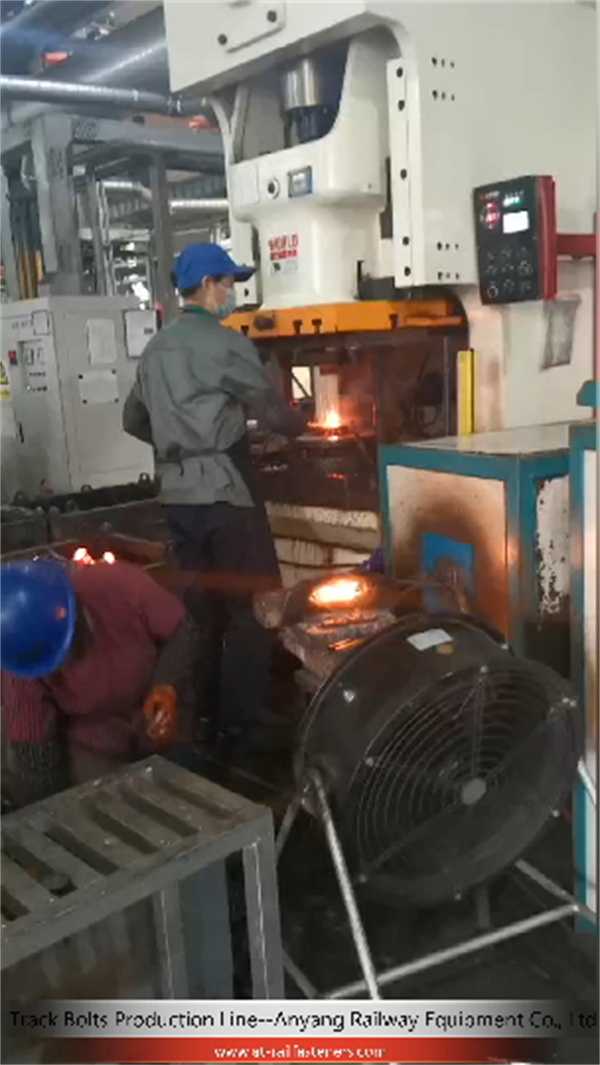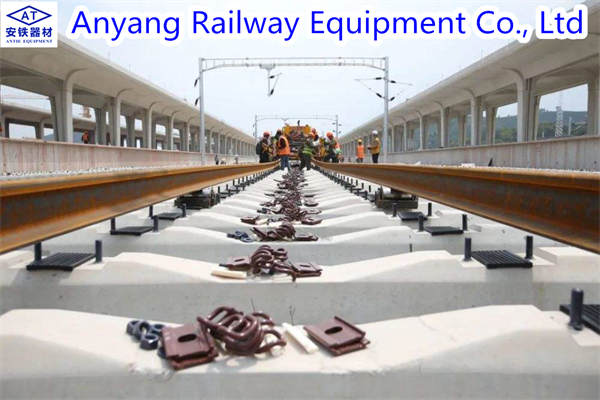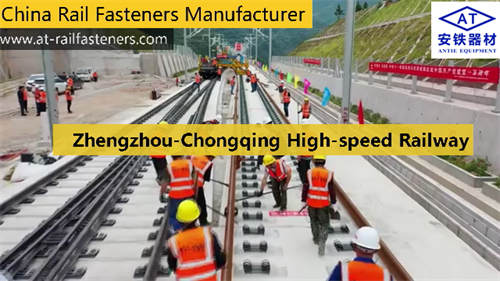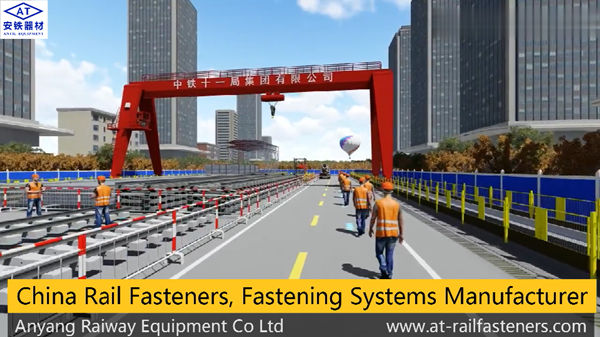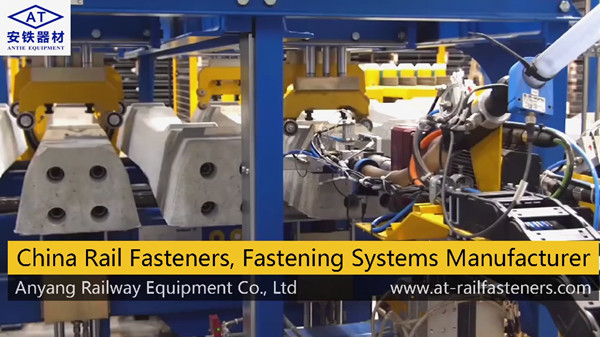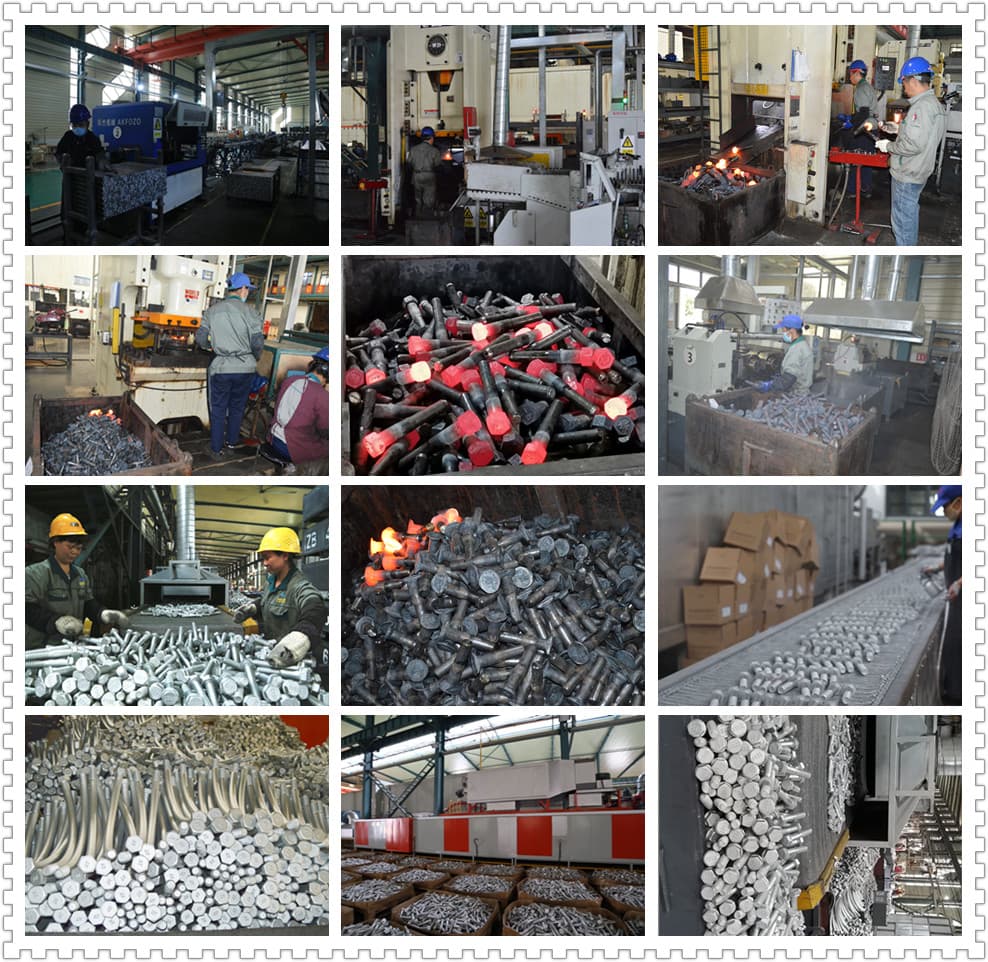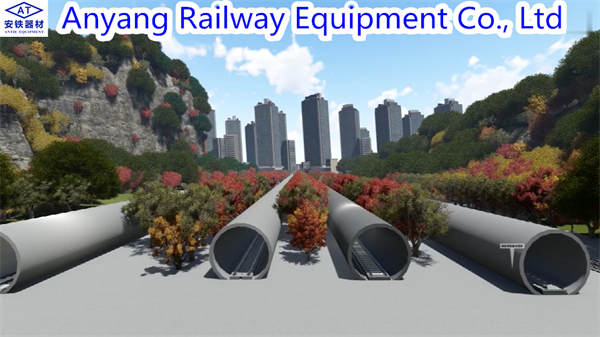
Various types of track beds in track engineering of BIM technology
At present, there are mainly two types of urban rail transit track beds: integral track bed and gravel track bed. T
At present, there are mainly two types of urban rail transit track beds: integral track bed and gravel track bed. The gravel track bed has the characteristics of simple structure, good elasticity, easy laying, and convenient replacement, but the track geometry is not easy to guarantee, and maintenance and repairs are required at regular intervals; the overall track bed structure is stable, the appearance is clean, and the amount of maintenance and repair is small. The elasticity is poor, the adaptability to the shock and noise reduction requirements of urban rail transit is poor, and the deformation requirements of the lower foundation are high. The distance between trains in urban rail transit is short, and the maintenance and repair can only be made during nighttime outages, and the maintenance is poor.
Therefore, urban rail transit projects generally adopt integral ballast beds in the underground section of the main line. The types of integral ballast beds include: pillowless integral ballast bed, short sleeper integral ballast bed, long sleeper integral ballast bed, ladder track, floating slab ballast bed, etc. The crushed stone track bed is used, and the integral track bed is used for the inner line of the garage.
As an important part of infrastructure construction, rail transit is the backbone of urban public transportation. It has the characteristics of energy saving, land saving, large transportation volume, all-weather, pollution-free (or less pollution) and safety. It is a green and environmentally friendly transportation system, especially suitable for in large and medium-sized cities. BIM technology involves five stages of planning, design, construction, operation and maintenance, and demolition in the entire life cycle of urban rail transit projects. Currently, the application of BIM technology in urban rail transit projects is mainly in the stages of design, construction, and operation and maintenance.



